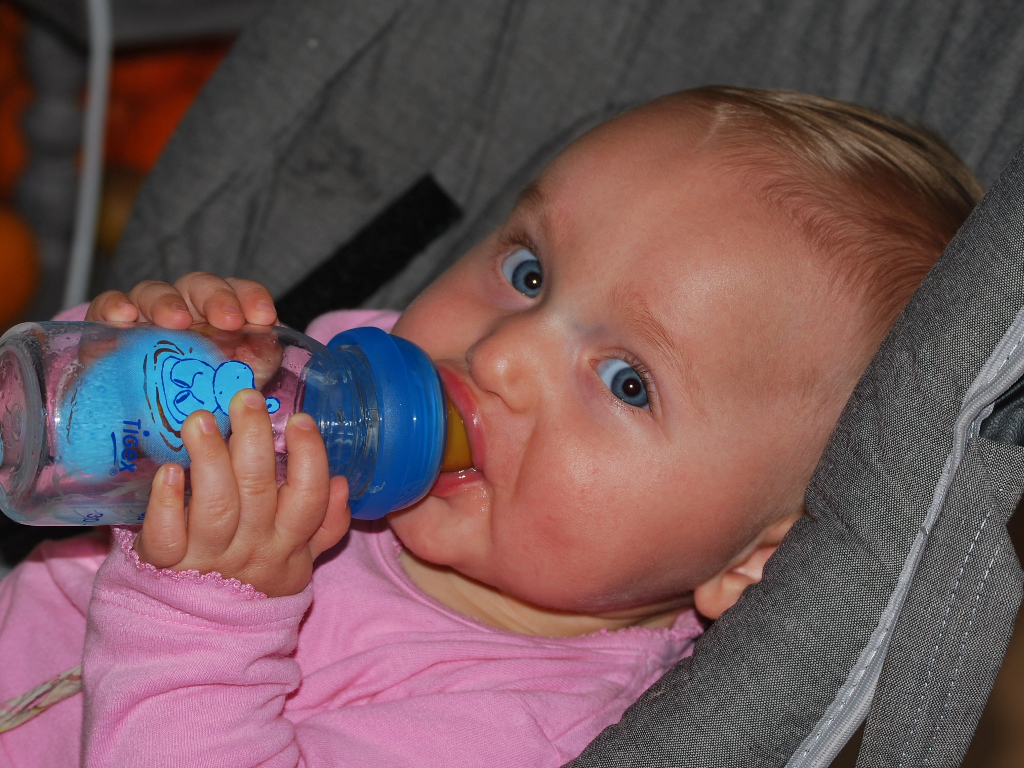Think back to the last time you visited the doctor. The time from making the appointment to entering the exam room seemed endless. Flipping through those old magazines, it struck you: healthcare could be more compassionate. Tech is now eliminating long waits and crowded lobbies.
The Old Way vs. The New Way
Old-school health care followed a predictable script: you felt off, you dialed a number, and you waited. It was routine, but it wasn’t fair. People living in small towns often waited months to see a cardiologist, working parents struggled to sneak an afternoon off for a toddler’s ear infection, and by the time you finally got in, the cough might have turned into pneumonia.
Now the playbook is being rewritten. Digital health is rolling out tools you can hold in your pocket and that, just a few years ago, felt like fantasy: video visits, wearables that send your heart rate to the doctor as you jog, and secure messaging that brings advice in minutes. The distance between you and care is shrinking.
What Digital Health Actually Looks Like
Digital health becomes clearer when you see it being used. Imagine a pill reminder, a video call with your doctor, and a pulse-reading bracelet. One friend tracks steps, the other tracks blood sugar. All those actions count.
According to the experts at Blues IoT, smart medical devices have become particularly game changing. A cuff that tightens just enough to read your blood pressure, a tiny stick that greets your fingertip with a glucose measure, a gadget nestling under your pillow to count sleep cycles; each sends numbers flying straight to nurses and doctors, who just might flag a red flag before you feel it.
Instead of a waiting room visit when the ache is already loud, you and your care team share the quiet data every hour of the day. It’s a gentle, constant conversation, a health coach who is, quite literally, always with you.
Breaking Down the Barriers
Digital health tools are quietly delivering one of the best outcomes equity could hope for. A rancher on a dirt road in western Nebraska can meet virtually with a diabetes expert in Dallas. A single dad can scan his daughter’s temperature at the kitchen table instead of missing half the workday for urgent care. During a late-night study grind, a college freshman can choose a mood-tracking app instead of wondering if the campus clinic is still open.
Of all walls, those built by language are the weakest. Many health apps now offer translations of key information. Health remains health, regardless of a parent’s preferred language.
The Human Touch Still Matters
The best reminder is the simplest: no screen is taking a doctor’s or a nurse’s place. The screen is just a smarter lab coat. A pediatrician’s prescription becomes more precise and safer after evaluating a month of home glucose level data. Case managers find problems sooner with video rounds, potentially skipping ER trips.
The aim is never to let care feel distant or automatic. The best digital health tools actually deepen the partnership between patients and providers. They empower individuals to manage their health while keeping care teams fully engaged and informed.
Conclusion
We’re still at the beginning of this digital health era. Fresh tools appear almost daily, becoming smarter and more intuitive. Yet the central promise hasn’t changed: technology must make the health system work better for every user.
The space between familiar care models and digital innovations is closing fast. Before long, the distinction may vanish. When that day arrives, we’ll enjoy a health system that is easier to reach, more personal, and significantly more effective. That future is that which keeps us energized.


